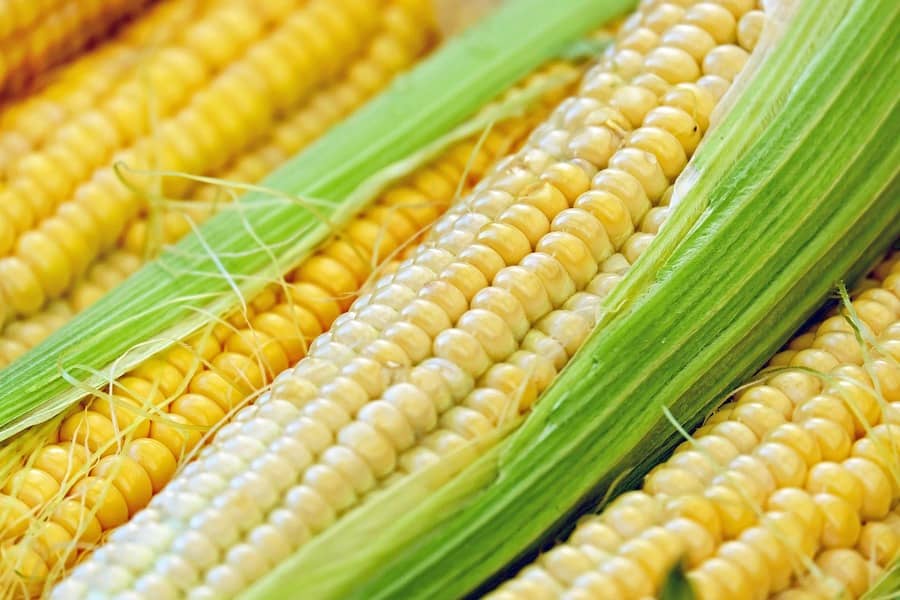Porto Alegre, March 21, 2022 – After an export surge in the first half of the year, the Brazilian domestic market was more comfortable at the end of the week. The European release for the purchase of US corn removed part of the demand concentrated in Brazilian corn. This cooled down short-term demand at any price for immediate shipments. After that, growers began to boost future commitments, pointing out they want to sell corn and hold soybeans from now on.
The sudden wave of purchases of Brazilian corn in exports, of course, is just a consequence of the absence of shipments to be carried out by Ukraine in the international market. Perhaps some substitution of wheat for corn for human consumption in Egypt and Middle Eastern countries. In any case, Brazil was the target of this flow, which could determine shipments between March and May of around 1.5 to 2 mln tons. Therefore, the corn surpluses that were being built up in the short term were absorbed by exports.
Last week, Europe released emergency purchases of US corn, in this case eliminating restrictions on transgenics. This decision allowed countries such as Spain, for example, to enter the US market and buy nearly 500 thousand tons. However, this demand, which had been aggressive in Brazil, has become aggressive in the United States and raised weekly exports to 1.84 mln tons. Brazil ended up having a bigger setback in premiums, which dropped from 200/210 cents a bushel to 150/160 at the end of the week. Consequently, prices at ports, which had reached BRL 114, closed the week below BRL 105 for shipments from March to May.
Besides this important domestic component, Brazilian growers have sold a lot in the last two weeks, taking advantage of this movement in export demand and the domestic market, but continued to force sales even at lower prices. Crop debt maturing on Mar/30 and Apr/30 are leading growers to accelerate the sale of corn over the counter in cooperatives and grain companies. In regions where there was a sharp drop in the soybean crop, corn that was either stored in warehouses or reaped this summer is now being sold. In regions where there was no soybean crop failure, growers are accelerating the sale of corn to allow for longer retention of soybeans. In other words, corn is being sold to complete the financial side of this first semester, and possibly the 2022 second crop will also be aggressively sold to enable the purchase of inputs for the planting of the 22/23 soybean summer crop.
Thus, the crop of 21 mln tons (which may be even better due to the Southeast and Goiás) has added carryover stocks of 4 mln tons. We are still in March, with corn harvest in the South region and advancing in the Southeast and Midwest. There is still old corn stored in warehouses. These volumes are coming to the market. This gives the impression that carryover stocks are higher or that production is higher. Indeed, the summer crop may have been higher than suggested so far, especially because our numbers are above official regional production estimates. However, if the market has 24 mln tons of supply in the first half of the year and puts it for sale in 60 days, there is no doubt that no matter how good demand is, it cannot absorb all the volume and sales pressure.
So, what we are witnessing is the same volume, which can be improved a little or not by crop estimates and closing of stocks from the previous business year, but being offered quickly, in a concentrated way and accepting increasingly lower prices. This also occurred in November last year, when growers decided to sell and lowered domestic prices regardless of supply and demand conditions. If this sales pressure goes on, the end of March may see price lows even in the Southeast and Goiás, where there will be the highest volume of supply in April and May.
The effects of recent exports are being neutralized by the selling pressure by growers. Of course, until the second crop is reaped, there is still a good trajectory of weather and external volatility to influence prices. In case of a normal climate in Brazil and the United States, the curve is naturally downwards for the second semester, and the exchange rate, in an election year, could be an important point to collaborate with Brazilian exports.
The corn second crop remains in good condition. Rains reached critical regions last week, were still very good in Mato Grosso and Goiás, and offered planting conditions in Matopiba.
Agência SAFRAS Latam
Copyright 2022 – Grupo CMA

